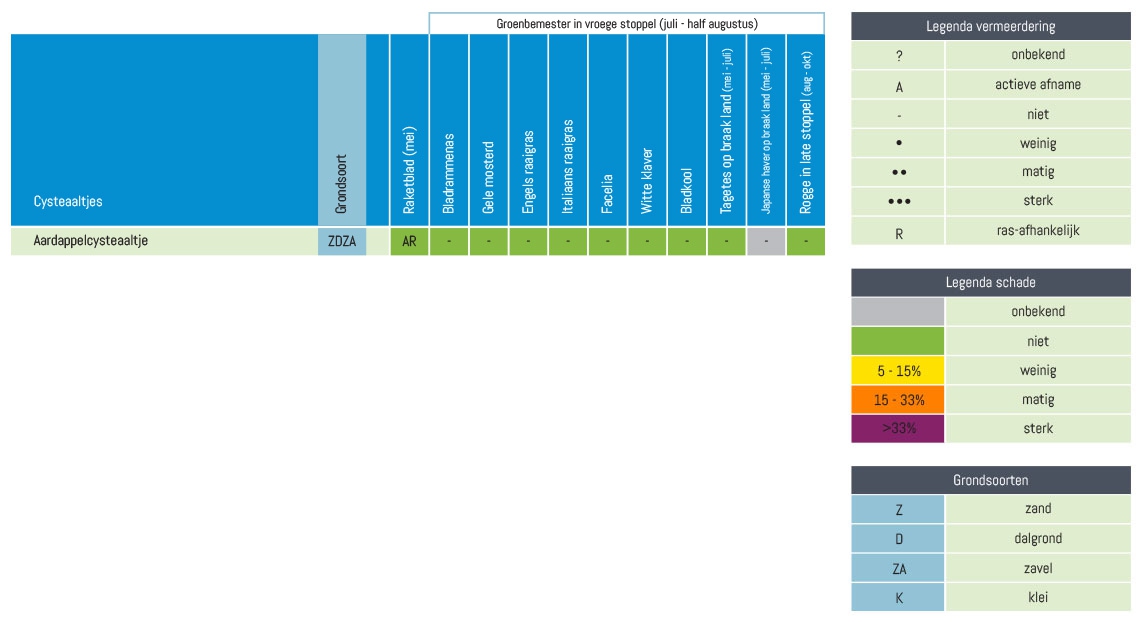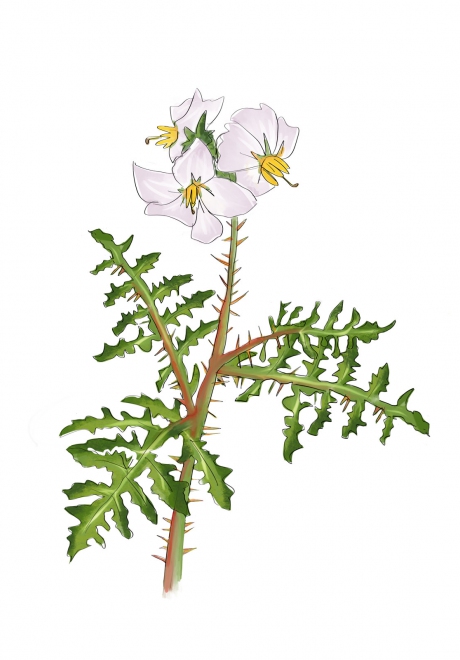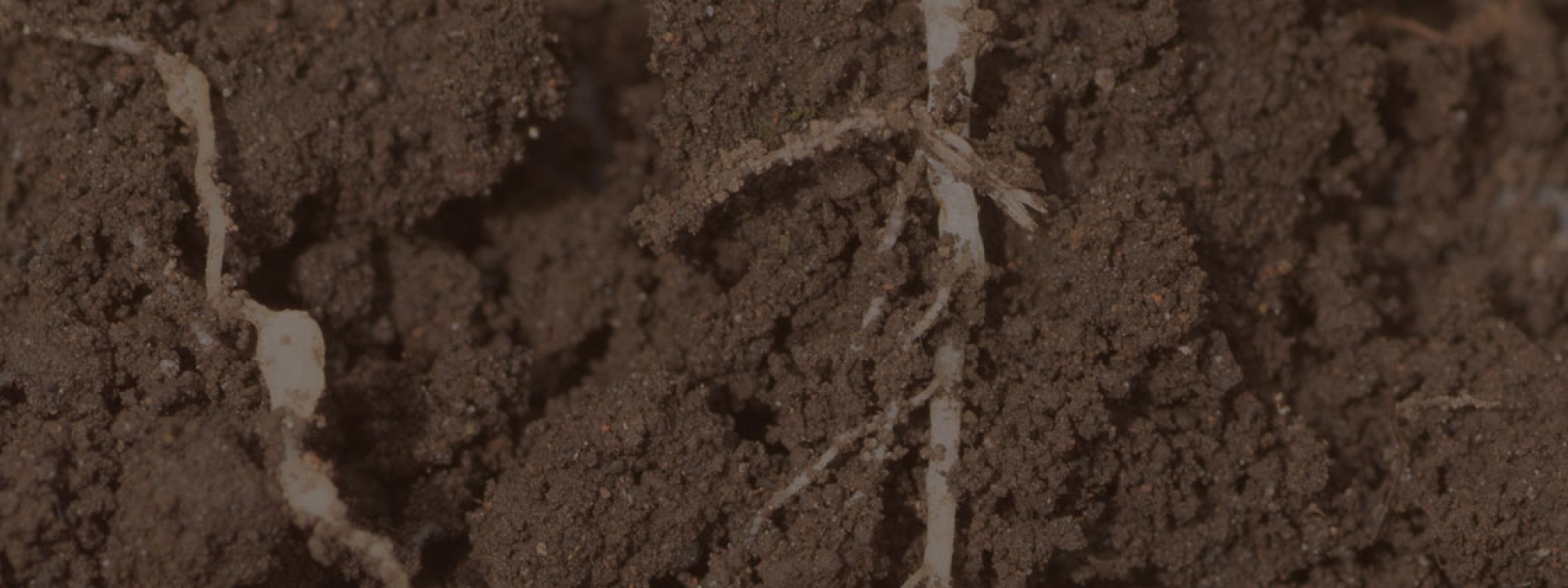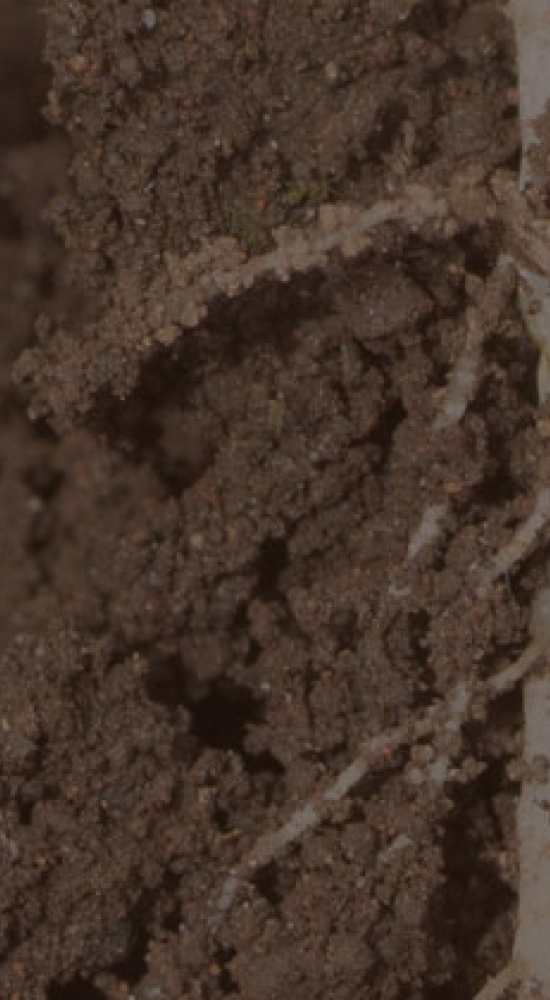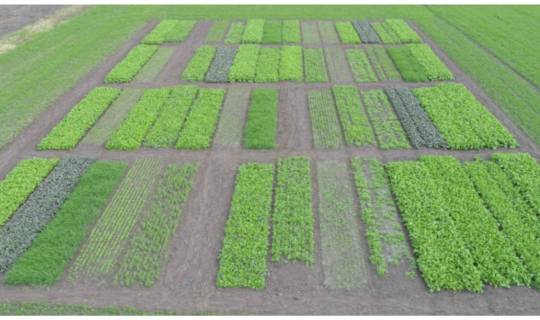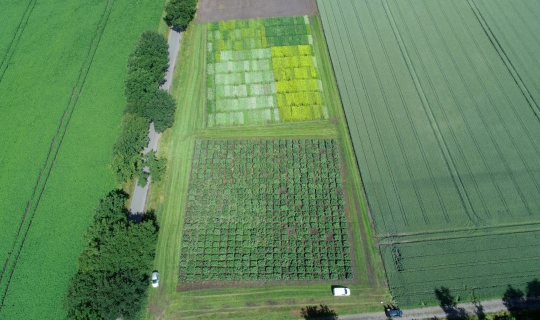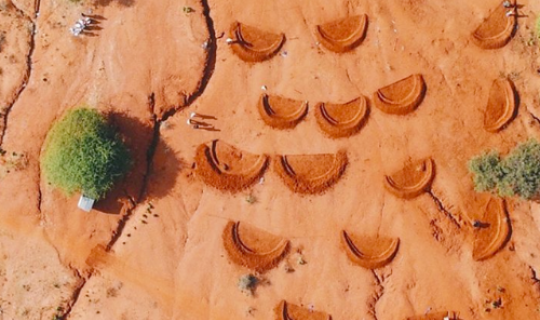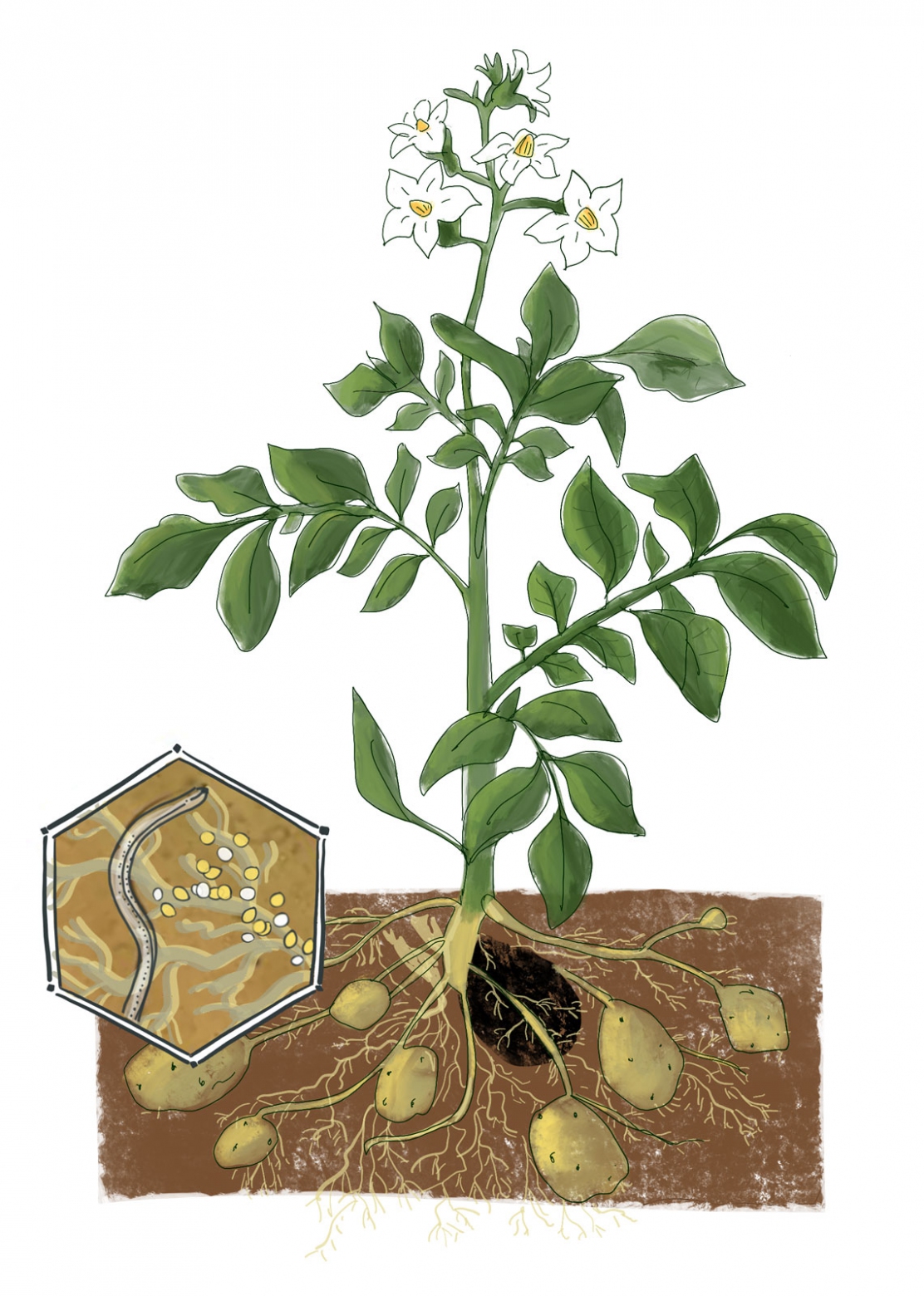
Potato cyst nematodes
Potato cyst nematodes can be divided into the yellow (G. rostochiensis) and the white (G. pallida) potato cyst nematode.
The larvae (juveniles) are lured out of the cysts by specific substances from the root of the potato. The larva enters the root and stimulates the plant to form a so-called feeding cell, on which it can feed. This causes growth damage to the potato, which can lead to a yield loss of 80%.
The young females burst through the root and are visible as cysts on the roots. The males leave the root to fertilize the females, which stick to the root. When the eggs are fully grown, the female dies, then the cyst is ripe. The mature cysts release themselves from the root and remain in the soil after harvesting. Cysts can still contain viable eggs eight to ten years after the last potato cultivation.
Information about the potato cyst nematode
- Remaining growth visible at the closing of the crop
- In case of heavy contamination, visible (oval) patches
- Around mid-June (longest day) cysts can be seen on the roots
- Yield loss
- Company hygiene
- Soil sample research with species determination
- More extensive crop rotation with the use of resistant and tolerant potato varieties
- Use of catch crop (sticky nightshade, potato)
- Storage control of potato in other crops
- Soil treatment with nematicide

